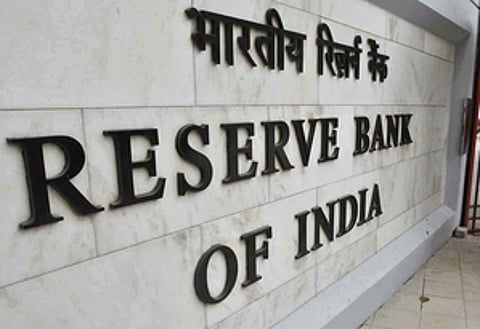

Why the Reserve Bank of India (RBI) is central to the country’s economy
The current Governor of the Reserve Bank of India (RBI) is Sanjay Malhotra. Let's find out more about this important institution
The Reserve Bank of India (RBI) has many functions and responsibilities. Let's look at a few of them
Forex and exchange rate
Exchange rate volatility pertains to the movement in the exchange rate over time. Volatile exchange rates make international trade and investment decisions difficult. While there have been several episodes of exchange rate volatility, the 1991 balance of payment and foreign exchange crisis was a watershed event that forced the RBI and the government to undertake market and regulatory reforms, including liberalisation and privatisation.
Given the bitter experience, containing foreign exchange rate volatility is one of the central bank’s primary responsibilities.
Another important aspect of the RBI’s intervention in the forex market is its impact on rupee liquidity conditions. If the RBI sells foreign currency, it receives rupees from market participants, and thus, the banking system's liquidity reduces to that extent. Similarly, when the RBI purchases foreign currency in the forex market, rupee liquidity goes up in the banking system.
To mitigate this impact of forex intervention on the rupee liquidity, RBI undertakes offsetting transactions via its liquidity management tools, which is otherwise known as ‘sterlisation’.
Lender of last resort
The Indian financial system comprises banks, Non-Banking Financial Company (NBFCs), insurance companies, mutual funds, financial markets, and others. RBI regulates commercial banks, cooperative banks, and certain NBFCs registered with it. The central bank monitors systemic risk on an ongoing basis via tools like stress tests at the micro and macro levels, analysis of interconnectedness among various financial market entities and sectors, use of indicators like the banking stability indicator, systemic liquidity indicator, credit-GDP growth trends, and others.
As a banking regulator, the RBI prescribes broad parameters of banking operations within which the banking and financial system functions, besides maintaining public confidence and protecting depositors’ interests.
Custodian of currency
Another key role of the RBI is currency management. It determines the volume and value of banknotes to be printed in a year in consultation with the Union government. RBI estimates the quantum using statistical models and considers factors such as growth in GDP, inflation, interest rates, growth of digital payments, and others. Currency is printed at four currency presses, two of which are owned by the Government of India and two by the RBI itself.
As for distribution, the RBI has authorised select scheduled banks to set up currency chests, which are storehouses of banknotes and coins. As of March 2024, there are 2,794 currency chests spread across the country.
